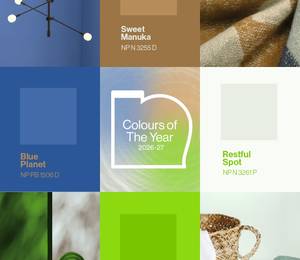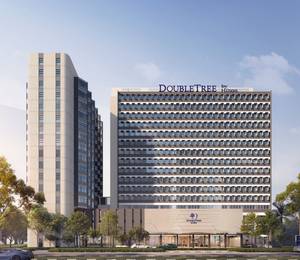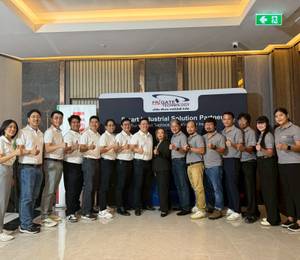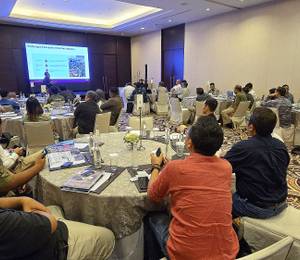Milan, Italy – Piuarch and arch. Silvia Passerini studio are winners of Milan City Council public competition for the architectural recovery project of Cascina Sella.
The architectural project that will allow the recovery of the rural structure of the 1400s entails the restoration systems of pre-existing and protected buildings, with the aim of revitalising a heritage on the border between the urban and the agricultural city scenarios.
The project involves and supports about 30 organisations and will lead to the construction of intergenerational cohousing accommodation, spaces for childcare and training services, a digital museum, experimental gardens, spaces for agricultural training and a bakery laboratory, as well as spaces for the sale and tasting of quality products.
Working, Living and Naturally Socializing are the key words that guided the redevelopment and refurbishment project of Cascina Sella Nuova.Starting from the historical and architectural quality of the former buildings that the ruins and related documents have returned to us, the project idea redevelops the typical elements of the original farmhouse: the curtains, the courtyards, the Italian garden and the large green areas and fields in the surrounding area to connect, mediate and weave new relations with the city that has grown all around. Through a path of meetings and dialogue with the subjects involved in this ambitious and sustainable project, which envisages new agricultural, commercial, educational, tourist and cultural functions, an architectural project was developed in line with the principles set out in the programmatic slogan.
The objective shared with the various actors involved was not only a recovery project, but also to aim at a real revitalisation of a heritage on the border between the urban and the agricultural Milan from an architectural point of view.
The result of this path is the definition of a possible intervention aimed at creating a new centrality and a new landmark where the city limits become more blurred and rarefied in terms of cohesion, urbanisation and services.
It is from an "elevated" point of observation that the project takes shape: from the idea of a roof intended both as a shelter and as a connection and inclusion device.
The new roof is a highly distinctive architectural element, a sort of new horizontal 'facade', which is offered to the large buildings of the neighborhood, which silently observe from below where the new functions of the Cascina find space, and to interact with the context, reconnecting spaces, functions, geometries and people













